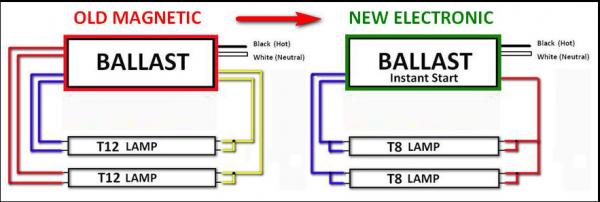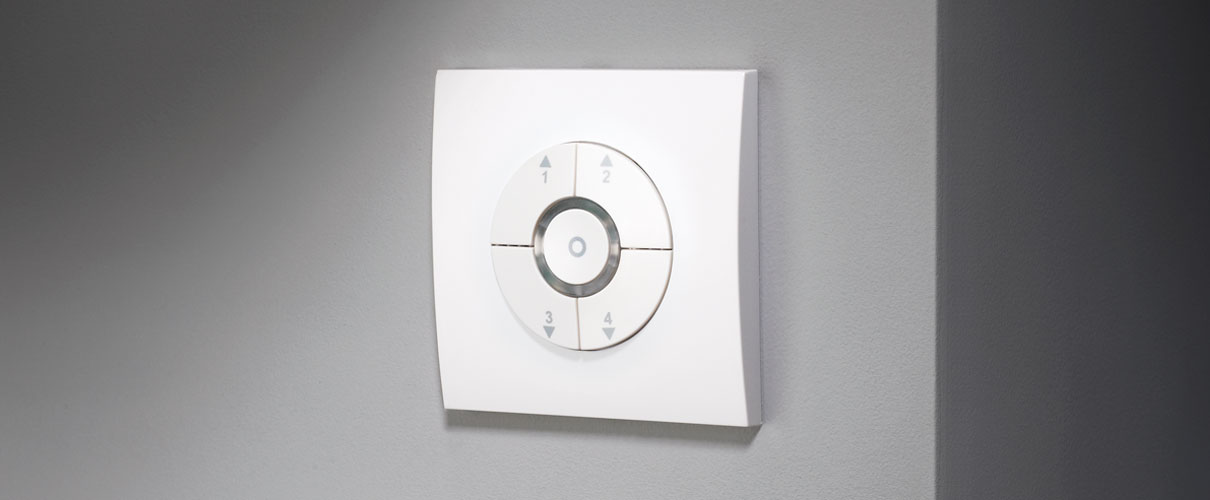Table of Content
Whether you need an electrician in Charlotte, NC or any of our other licensed Electricians located around the country, we will help you get back your peace of mind. Sometimes the issue stems from the source where the electricity is being serviced, your electric company. This is especially a problem if homes nearby share a transformer where your electrical supply is shared by their electrical loads. If you're experiencing dimming or flickering lights in your home, don’t dismiss it as simply an annoyance. Whenever your lights brighten, too much energy is being received.

However, a capacitor, over time, loses its ability to hold a charge in a similar manner as a rechargeable battery. Loose wiring may not seem like a big deal, but it is often very dangerous. According to The National Fire Protection Association NFPA, almost 70% of home fires are caused by a wiring issue. If the reading is more than 125 volts, you may have a serious fault in the electrical system.
When Should I Schedule HVAC Maintenance
The reason internal dimmable LED drivers are used is to provide a space-saving and often more aesthetically pleasing solution, as well as reducing installation costs. When dimming lighting, the driver has to be compatible with the control method being used in the room or building. One thing you can be sure of is that when your lights start to flicker, you are probably not being haunted by a ghost, and it’s not your eyes playing tricks on you. Arcing is when the electrical current has to jump over a bad connection to keep flowing. Every time it jumps, or arcs, it produces very hot temperatures that can end up sparking and causing an electrical fire.
DALI is often used in commercial lighting applications, but it is also becoming more common in residential applications. 0-10V Dimming works by passing low voltage power through a resistor to create a voltage drop and dim the light. If your LED does not have a built-in driver, you will need to use an external driver with a compatible dimmer switch. The driver is either incorporated internally in the product or you have to pair a suitable external driver with the LED fixture or series of fixtures being installed.
A Corroded Neutral Wire
If your lights dim when you turn on your air conditioner, clothes dryer, or microwave, you most likely have a circuit problem on hand. Almost every home electrical circuit has a maximum power draw. Your lights could also dim unexpectedly if the wiring in your home is old or not strong enough to handle the amount of current it uses. These older homes are not built to serve today’s modern households, which typically feature many devices and appliances that use large amounts of electricity . It’s dinnertime at your house, and you’re hosting a large company of people on this special occasion.
They may not be supplying at the norm you are used to due to an issue on their side. In order to offset the additional power that a motor needs in order to start, an electrical component known as a capacitor is installed, as shown in Figure 1. The capacitor stores electrical energy and delivers it to the motor when needed. A bad breaker can cause lights to flicker, especially when a large appliance powers on. A high-wattage appliance will pull a considerable load of current on startup. If lights are flickering in several areas of your house, it could be an issue with the main connection or service cable connection.
The Role of Evaporator and Condenser Coils in Home Air Conditioning
Badly damaged service panels often cannot be resuscitated and must be replaced. At times, the cause of dimming and flickering lights is brownouts. Your electricity provider must have deliberately reduced the supply to prevent a total blackout, probably because of bad weather. Unfortunately, all you can do is wait out the brownout, have a flashlight on hand, and unplug devices to avoid them getting damaged by the low voltage.

Simply put, if your neighbor is using a lot of electricity, your lights may start flickering. If this happens, contact an electrician to determine if any repairs need to be done. Know when flickering or blinking lights is an easy solution and when it’s time to call an electrician before someone gets shocked or before any electrical fires breaks out. Choose bulbs that do not exceed the light fixture’s maximum wattage rating. In addition to keeping lamps in place, ballasts supply them with the appropriate amount of electricity at the optimal voltage frequency.
If your lights flicker inconsistently for no apparent reason, call a professional electrician immediately to check your main meter box connection. LED bulbs often flicker when they are used with a dimmer switch since they are incompatible with non-LED dimmers. You might even want to swap your bulb out for a smart bulb that won’t need a physical dimmer switch. If this doesn't do the trick, it could be a faulty light switch. If the home is newer, chances are there is simply a loose or lightly corroded connection.

An older home might have either of those conditions, or a water-damaged service panel – or some other problem we haven’t thought of yet. You may become concerned when your lights periodically dim for no apparent reason. Often this is nothing to be concerned about, but it can be a sign of a more serious problem.
Visit your nearest electrical company in Toronto to find appropriate CFL bulbs for your home. Leading-edge dimmers have traditionally been more popular than trailing-edge ones. They have been around for a long time and are usually used to dim traditional incandescent and mains halogen light bulbs. This makes them better for higher wattage bulbs with capacities up to 1000W, but they can also work with LED light fixtures but rarely acceptably across the whole of the dimming curve. Power is provided to your household circuit by the first two wires. A neutral wire in an electrical panel simply completes the circuit by providing a return path to earth ground.

When this happens, it is recommended that the light bulbs be replaced. A wire connection may loosen over time, this may cause your lights to dim more than previously experienced. It is best to call an electrician for this problem and get it fixed as soon as possible as loose wires can create a high resistance, which in turn can lead to a fire. This is why a homeowner may start to experience dimming lights when no new electrical appliances have been added to the home’s power loading.
Over the past few decades, people's energy requirements have changed dramatically, largely due to advances in personal and domestic technology. It should be noted that the decrease in power to the lights is also affecting all the other electrical devices in the home. You want to avoid these issues by having a professional electrician diagnosis the problem. Flickering lights are nothing to ignore even in an older well designed electrical system.


No comments:
Post a Comment